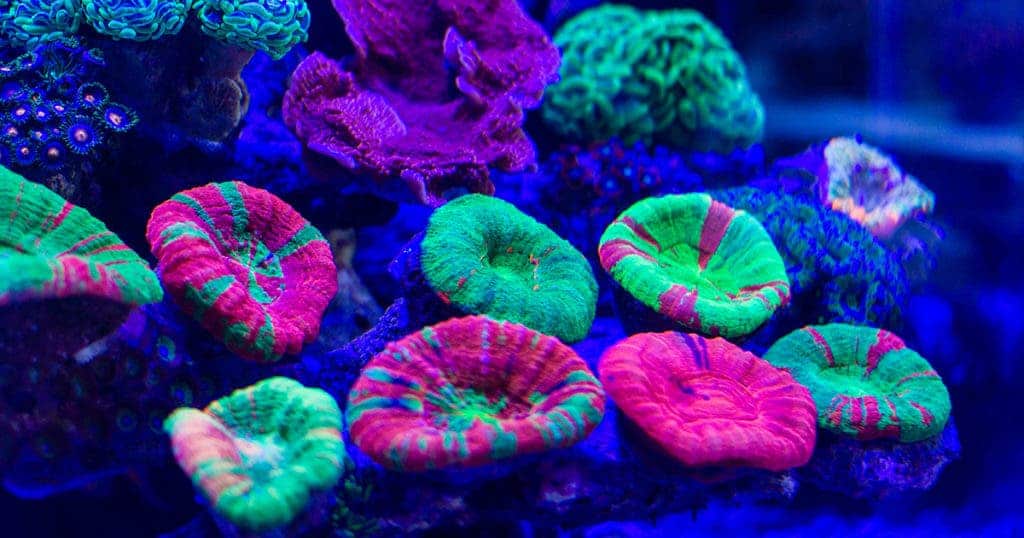The use of ultraviolet flares from red suns and biofluorescence may provide astronomers with vital life signs in the universe

A new method of searching for life in the cosmos has been pioneered by astronomers from Cornell University.
The team propose that astronomers could utilise harsh ultraviolet radiation flares from red suns — once thought to destroy surface life on planets — to assist in the discovery of hidden biospheres. The team’s study — published in the journal Monthly Notices of the Royal Astronomical Society — suggests that ultraviolet radiation could trigger biofluorescence — a protective glow — from life on exoplanets.
Jack O’Malley-James, a researcher at Cornell’s Carl Sagan Institute and the study’s lead author, says: “This is a completely novel way to search for life in the universe.
“Just imagine an alien world glowing softly in a powerful telescope.”

Some undersea coral on Earth use a similar form of biofluorescence that the team intend to utilise in the search for life. The coral does this in order to render the sun’s harmful ultraviolet radiation into harmless visible wavelengths, in the process, creating a beautiful radiance.
“Maybe such life forms can exist on other worlds too, leaving us a telltale sign to spot them,” points out Lisa Kaltenegger, associate professor of astronomy and director of the Carl Sagan Institute.
She points out that in our search for exoplanets, we have searched for ones which look like our own planet. This research plays off the idea the biofluorescence may not have evolved on Earth exclusively.
In fact, as this is a form of defence from harsh UV radiation, logic suggests that its usefulness — and thus, the chance of development — would be increased around stars where UV flares are commonplace.
A large fraction of exoplanets — planets beyond our solar system — reside in the habitable zone of M-type stars. This type of star — the most commonly found in the universe — frequently flare, and when those ultraviolet flares strike their planets, biofluorescence could paint these worlds in beautiful colours.
The next generation of Earth- or space-based telescopes can detect the glowing exoplanets — should they exist.
Ultraviolet rays are transformed into less-energetic and therefore less harmful wavelengths through a process called “photoprotective biofluorescence.” This should leave a very specific signal which astronomers can search for.
Kaltnegger continues: “Such bio fluorescence could expose hidden biospheres on new worlds through their temporary glow when a flare from a star hits the planet.”
The astronomers used emission characteristics of common coral fluorescent pigments from Earth to create model spectra and colours for planets orbiting active M stars to mimic the strength of the signal and whether it could be detected for life.
Proxima b — a potentially habitable world found orbiting the active M star Proxima Centauri in 2016 could qualify as a target for such a search. The rocky exoplanet has been one of the most optimal space travel destinations due to the proximity of the star it orbits — although such jaunts are a concern for the far-future.
Jack O’Malley-James, continues: “These biotic kinds of exoplanets are very good targets in our search for exoplanets, and these luminescent wonders are among our best bets for finding life on exoplanets.”
Large, land-based telescopes that are being developed now for 10 to 20 years into the future may be able to spot this glow.
Kaltenegger concludes: “It is a great target for the next generation of big telescopes, which can catch enough light from small planets to analyze it for signs of life, like the Extremely Large Telescope in Chile.”
Original research: Biofluorescent Worlds II: Biological Fluorescence Induced by Stellar UV Flares, a New Temporal Biosignature. Jack T O’Malley-James, Lisa Kaltenegger.


